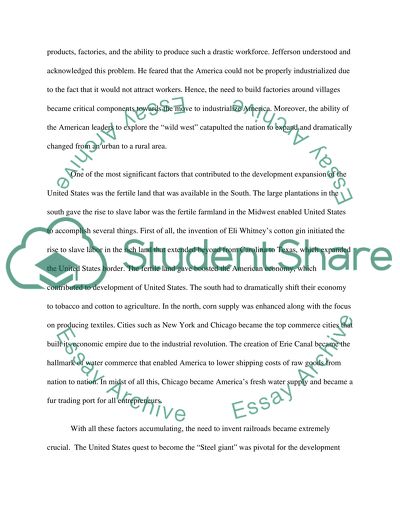Cite this document
(“Review essay (History of American Railroads) Example | Topics and Well Written Essays - 1250 words”, n.d.)
Review essay (History of American Railroads) Example | Topics and Well Written Essays - 1250 words. Retrieved from https://studentshare.org/history/1434448-review-essay-history-of-american-railroads
Review essay (History of American Railroads) Example | Topics and Well Written Essays - 1250 words. Retrieved from https://studentshare.org/history/1434448-review-essay-history-of-american-railroads
(Review Essay (History of American Railroads) Example | Topics and Well Written Essays - 1250 Words)
Review Essay (History of American Railroads) Example | Topics and Well Written Essays - 1250 Words. https://studentshare.org/history/1434448-review-essay-history-of-american-railroads.
Review Essay (History of American Railroads) Example | Topics and Well Written Essays - 1250 Words. https://studentshare.org/history/1434448-review-essay-history-of-american-railroads.
“Review Essay (History of American Railroads) Example | Topics and Well Written Essays - 1250 Words”, n.d. https://studentshare.org/history/1434448-review-essay-history-of-american-railroads.


